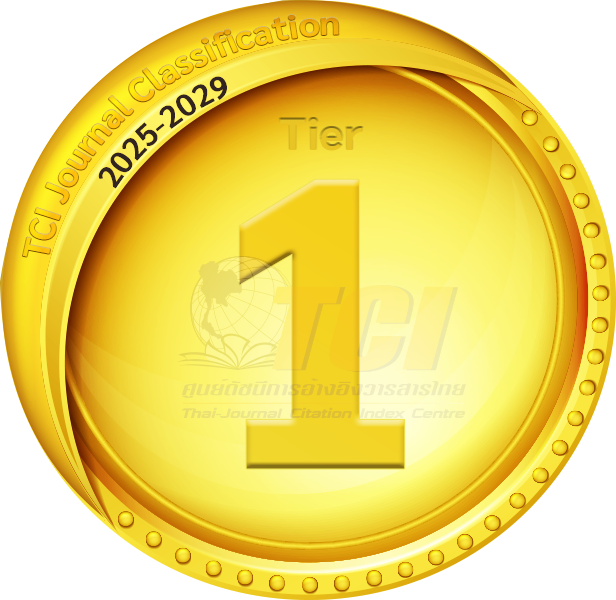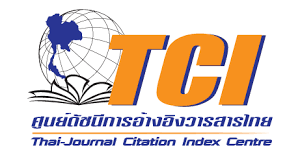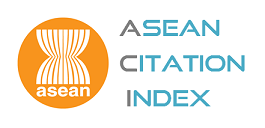The Representation of Family Diversity in The Family Book: A Verbal and Visual Analysis
- Jesica Santosa, English Language and Literature, Universitas Pendidikan Indonesia, Indonesia, Corresponding author, Email: jesicasantosa@student.upi.edu
- Didi Sukyadi, English Language and Literature, Universitas Pendidikan Indonesia, Indonesia
- Budi Hermawan, English Language and Literature, Universitas Pendidikan Indonesia, Indonesia
Abstract
Picturebooks are effective media to raise children’s awareness of various social problems, including family diversity. This study aims to investigate how family diversity is represented verbally and visually in a picturebook entitled The Family Book and elaborate on the signification of the representation. This descriptive qualitative study focuses on finding the ideational meaning by identifying the type of processes used in the clauses and images of the picturebook and the intersemiotic relation between them. The data were analyzed by employing Halliday’s transitivity system, Kress and Leeuwen’s visual grammar, and Royce’s intersemiotic complementarity. The findings showed that for the verbal representation, the most dominant process used in the picturebook is a relational process that is used to identify something or assign a quality. For the visual representation, the predominant process used in the images is a symbolic attributive process. Through the relational and symbolical processes, the diverse identities and characteristics of families are presented and implicitly can determine the types of those families. Additionally, the intersemiotic analysis has found that the working together of the verbal and visual modes in the picturebook have created repetitions and meronymies. These results imply that family diversity in The Family Book is represented as normality. Family diversity as a normal thing is attempted to be explained to the readers not only to enhance their understanding of family but also to influence them to accept the variation of families in society.
Keywords: Family diversity, Ideational meaning, Picturebook
References
Bland, C. (2013). A case study of general education teacher use of picture books to support inclusive practice in the primary grades of an inclusive elementary school (Unpublished doctoral thesis). University of North Carolina, Greensboro.
Creswell, J. W. (2014). Research DesignQualitative, Quantitative and Mixed Methods Approaches. New York, US: SAGE Publications, Inc.
Daly, N. (2017). Representations of diversity in the revised New Zealand picture book collection. New Review of Children’s Literature and Librarianship, 23(2), 172-186. doi:10.1080/13614541.2017.1367583
Damayanti, I. L., & Febrianti, Y. (2020). Multimodal literacy: Unfolding reading path in children’s picture book and its potential for EFL classrooms. Indonesian Journal of Applied Linguistics, 9(3), 616-627. doi: 10.17509/ijal.v9i3.23212
Derman, S. L., & Edwards, J. O. (2010). Anti-bias education for children and ourselves NAEYC. Washington DC, US: The National Association of Education of Young Children.
Eggins, S. (2004). An introduction to systemic functional linguistics. London, UK: Continuum International Publishing Group.
Few-Demo, A. L., & Demo, D. H. (2016). Family Diversity. In N. J. Stone, R. M. Dennis, P. S. Rizova, A. D. Smith, & X. Hou (Ed.), The Wiley Blackwell Encyclopedia of Race, Ethnicity, and Nationalism (1st ed., pp. 1–8). New York, US: JohnWiley & Sons, Ltd.
Furstenberg, F. F. (1999). Family Change and Family Diversity. In N. J. Smelser, & J. C. Alexander (Ed.), Diversity and Its Discontents: Cultural Conflict and Common Ground in Contemporary American Society (pp. 147-165). New Jersey, US: Princeton University Press.
Gerot, L., & Wignell, P. (1994). Making sense of functional grammar: An introductory workbook. Queensland, Australia: Antipodean Educational Enterprises.
Guijarro, J. M., & Sanz, M. J. P. (2008). Compositional, interpersonal, and representational meanings in a children’s narrative: A multimodal discourse analysis. Journal of Pragmatics, 40(9), 1601–1619. doi:10.1016/j.pragma.2008.04.019
Guijarro, A. J. M. (2016). The role of semiotic metaphor in the verbal-visual interplay of three children’s picture books. Journal of the Spanish Association of Anglo-American Studies, 38(1), 33-52.
Hakim, H. (2020). ‘Unsilencing’ Chinese Indonesians through children’s literature. International Research in Children’s Literature, 13(1). 141-158. doi: 10.3366/ircl.2020.0343
Halliday, M. A. K. (1994). An introduction to functional grammar (2nd ed.). London, UK: Edward Arnold.
Halliday, M. A. K., & Matthiessen, C. M. I. M. (2014). Halliday’s introduction to functional grammar. New York, US: Routledge.
Hermawan, B., & Sukyadi, D. (2017). Ideational and interpersonal meanings of children narratives in Indonesian picturebooks. Indonesian Journal of Applied Linguistics, 7(2), 404-412. doi: dx.doi.org/10.17509/ijal.v7i2.8138
Kachorsky, D., Moses, L., Serafini, F., & Hoelting, M. (2017). Meaning making with picturebooks: Young children’s use of semiotic resources. Literacy Research and Instruction, 56 (3), 231-249. http://dx.doi.org/10.1080/19388071.2017.1304595
Koss, M, D. (2015). Diversity in contemporary picturebooks: A content analysis. Journal of Children’s Literature, 41(1), 32–42.
Kress, G., & Leeuwen, T. (2006). Reading images: The grammar of visual design. New York, US: Routledge.
Nassaji, H. (2015). Qualitative and descriptive research: Data type versus data analysis. Language Teaching Research, 19(2), 129-132. doi:10.1177/1362168815572747
Nikolajeva, M., & Scott, C. (2006). How picturebooks work. New York, US: Routledge.
Ooms, T., & Preister, S. (1988). A strategy for strengthening families: Using family criteria in policymaking and program evaluation. Washington DC, US: Family Impact Seminar.
Oxford learner’s dictionaries. (2020). NEW Learn & Practise Grammar. Retrieved from https://www.oxfordlearnersdictionaries.com/
Parr, T. (2010). The family book. New York, US: Little, Brown Books for Young Readers.
Royce, T. D. (1998). Synergy on the page: Exploring intersemiotic complementarity in page-based multimodal text. JASFL Occasional Papers, 1(1), 25-49.
Sharma, R. (2013). The family and family structure classification redefined for the current times. Journal of Family Medicine and Primary Care, 2(4), 306-310. doi: 10.4103/2249-4863.123774
Sugiarto, T. (2020). Reading disability in Indonesian children’s literature. Indonesian Journal of English Language Studies, 6(1), 25-34. Retrieved from https://e-journal.usd.ac.id/index.php/IJELS/article/download/2693/1878
Walsh, F. (Ed.). (2012). Normal family processes: Growing diversity and complexity (4th ed.). Washington DC, US: Guilford Press.
Wilson, J. (2014). Race representations in children’s picture books and its impact on the development of racial identity and attitudes. Retrieved from https://cedar.wwu.edu/library_researchaward/4
Yoanita, D., & Primasanti, K. B., (2018). Current portrayal of character education in Indonesian children’s books. Jurnal ASPIKOM, 3(5), 932-942. doi: http://dx.doi.org/10.24329/aspikom.v3i5.296

Indexed in


Search